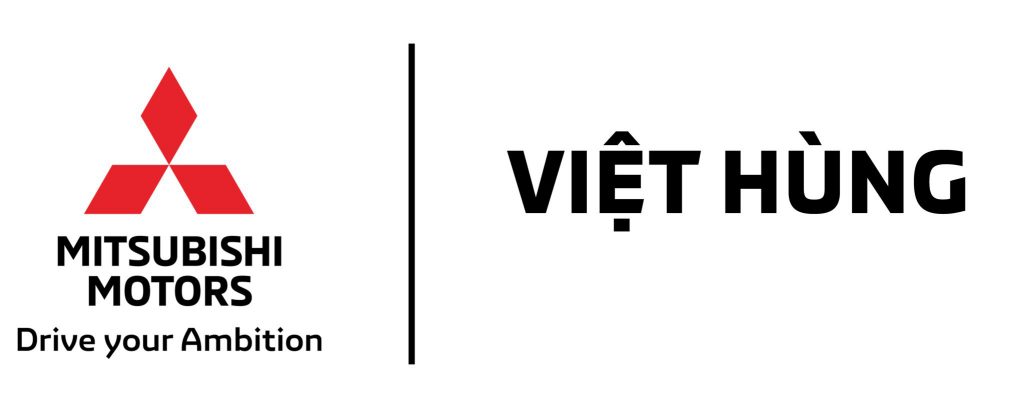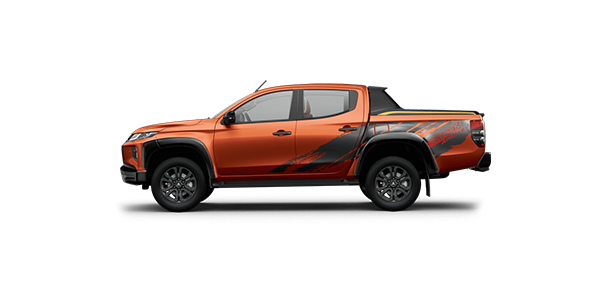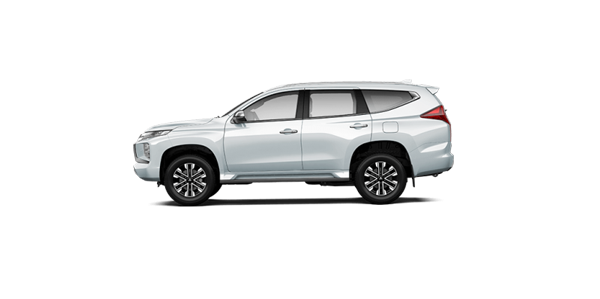Forex Trading
Zara Founder and Billionaire Amancio Ortega’s Net Worth and Life Story
He started making clothes with his siblings and future wife, Rosalia Mera, in their home in the early 1960s. In 1975, Ortega and Mera opened the first Zara store in downtown La Coruna, Spain, according to Bloomberg. In 1949, at the age of 13, Ortega went to work as an assistant to a luxury shirtmaker in his hometown of La Coruña, where he learned to make clothes by hand. Over the next 14 years, he was promoted to assistant manager and shop manager, gaining direct experience not only in dealing with customers but also in purchasing fabrics and other supplies to manufacture apparel. Zara is also known to be one of the few clothing brands that produces 100 % toxic-free clothing, but not until after the uproar that was caused on how it was using the cancer-inducing azo dyes in its clothing. Oysho doesn’t currently have a store presence in the US, and much to the annoyance of some shoppers, you are unable to order items online and have them delivered to a US address.
In 2015, he bought the historic E.V. Haughwout Building in SoHo, New York City, for $145 million.
Massimo Dutti was originally a men’s fashion label that was acquired by Inditex in 1991. Several years later, it added women’s wear to its offering, and in 2003, kids also joined. Since Zara’s billionaire founder Amancio Ortega opened the first Zara store in northern Spain in 1975, it has grown to become an enormous, over 2,000-store chain, with a presence in 96 countries around the world. He vowed never to let his family suffer poverty again, left school, and went to work in a shirt shop. According to Forbes magazine, external, experts in estimating the bank balances of the world’s wealthiest, Mr Ortega’s fortune overtook that of Microsoft founder Bill Gates on Wednesday and Thursday this week, before fluctuating share prices pushed it back into second place.
Zara is part of the biggest fashion company in the world. Meet the other brands it owns.
- According to Forbes magazine, external, experts in estimating the bank balances of the world’s wealthiest, Mr Ortega’s fortune overtook that of Microsoft founder Bill Gates on Wednesday and Thursday this week, before fluctuating share prices pushed it back into second place.
- That’s where Zara beat the rest of them and became the favourite brand among people who liked to keep up with the fashion.
- Ortega and Perez share two children, including a daughter, Marta, who began in the family business nearly 16 years ago, according to the Financial Times.
- And because Inditex manufactures, not predominantly in Asia, but in Spain, Portugal, Turkey and Morocco, it can react quickly, ordering more of popular products or changing styles.
The first Zara store outside of Spain opened in Portugal in 1988, followed quickly by New York (1989); Paris (1990); Mexico City (1992); Athens (1993); Belgium and Sweden (1994); Malta (1995); Cypriot (1996); Norway and Israel (1997). Zara has become one of the best-known and most successful fashion brands in the world. However, US consumers tend to know little about not only the parent company driving its success but also its sister brands around the world. Even when Zara began to expand internationally in the 1990s, Ortega kept most of the production local, which gave the company ownership of a short supply chain—another secret of Inditex’s exceptionally rapid design-production-delivery turnaround time.
He also built an equestrian center near La Coruna, as his daughter Marta competes in show jumping, according to Bloomberg. Reuters reported that Ortega held around $6.6 billion in real estate assets by the end of 2015. Ortega picked up another New York property in 2016, this time a hotel at 70 Park Avenue in Murray Hill for $67.6 million, according to The Real Deal.
Gap Inc. SuccessStory
By the 1990’s the store had expanded into the United States, France and most of the Europe. Today, Zara has close to 6500 stores across 88 countries around the world. With around 90 stores globally, Uterqüe is Inditex’s smallest and most exclusive brand, selling women’s clothing and accessories for the more mature shopper. Since Inditex’s initial public offering in 2001, Ortega has received more than 12 billion euros, or about $13 billion, in dividends. Most of that cash has been reinvested in real estate through his company’s investment arm, Pontegadea, per Bloomberg. Ortega and Perez share two children, including a daughter, Marta, who began in the family business nearly 16 years ago, according to the Financial Times.
Ortega owns 59% of Inditex, which is now the world’s largest clothing retailer, according to Bloomberg. Inditex owns a portfolio of fast-fashion brands, including Zara, one of the best-known and most successful fashion brands in the world with nearly 3,000 stores in 96 countries, according to Forbes. Amancio Ortega is the founding chair of retail giant Inditex, the parent company of Zara, the largest global fashion retailer.
It currently has just over 1,000 stores around the world and pulled in $1.7 million in net sales in 2018. “He’s not one of the rich people who looks at you from the height of his success.” When she pointed out owner of zara brand to him the positive news coverage his company had received, he played it down, she says, saying it gave him “vertigo”. Covadonga O’Shea, who has known Mr Ortega for 20 years, says his shyness is rooted in humility, that he feels the company’s success is only partly down to what he has done.
Otherwise his life revolves around life with his children and grandchildren. He seldom ventures far from A Coruna – he has a second home nearby – and if he does go for a stroll around La Marina, locals know he prefers no fuss. And because Inditex manufactures, not predominantly in Asia, but in Spain, Portugal, Turkey and Morocco, it can react quickly, ordering more of popular products or changing styles. The son of a railway worker, he was born in 1936, just before the outbreak of Spain’s civil war. The family struggled to make ends meet, which made a lasting impression on him as a boy.
Bloomberg reported in 2012 that he eschewed an office to sit among the designers and fabric experts at Zara’s headquarters, while another report said he typically ate lunch with his employees in the company cafeteria every day. The office building was the tallest in Spain at the time, but it’s now the tenth-tallest building in the country. Since stepping down from an active operating role at Inditex, Ortega has focused on preserving his fortune by expanding his real estate holdings, which Bloomberg valued at €15.2 billion ($17.2 billion) in 2020—the largest real estate portfolio among European billionaires. Zara is a Spanish clothes and accessories brand, it is the flagship brand of the Inditex group.
One of its teen-focused brands, Pull&Bear, launched online in the US in February. While many of these other Inditex brands do not currently have a presence in the United States, they are found in hundreds of countries around the world and make up a mammoth combined store count of more than 7,400 locations. What gave him the edge, and made Zara and its parent company Inditex such a success, was one particular insight. Yet compared to the world’s other richest people, he has chosen to keep a low profile, avoiding interviews and media appearances whenever possible. In August 2013, Ortega’s ex-wife, who had become Spain’s richest woman, died at age 69.
The 88-year-old Ortega was born in northwestern Spain in 1936, the son of a railroad worker and a stay-at-home mother.
When Inditex went public in 2001, Ortega established a family office, Pontegadea Inversiones, as the vehicle through which the Ortega family operates as majority shareholders of Inditex. The family office, in turn, channels most investments through Ortega’s real estate investment arm, Pontegadea Inmobiliaria, one of the biggest property companies in Spain. In addition to industry-leading design-to-store turnaround speed, another strategy of Ortega’s that sets Inditex apart from competitors is its minuscule advertising spending. According to the only authorized biography of Ortega, his lifelong drive for success was triggered by a traumatic incident that happened shortly after the family arrived in their new town. One evening, as he was walking home with his mother, he witnessed her pleading for credit to buy groceries and coming out of the store empty-handed because the store owner refused. At that moment, Ortega was so humiliated that he decided he would drop out of school and start working—a decision that turned out to be the first step in one of the greatest retail careers in history.
He gradually gathered further experience with other retailers and by the early 1960s was ready to set up in business with members of his family and his future wife, Rosalia Mera. They launched first a textile manufacturing company, then later, the Zara brand. Sometimes he sits down with the Zara Woman design team and they kick around ideas for the coming weeks and months – the new layout for a store, a new design for the upcoming winter collection. After all, he has 60 years’ experience in fashion retail, built up from humble beginnings. In 1991, in addition to geographic expansion, Ortega began to expand Inditex’s retail portfolio beyond the flagship Zara format, with the launch of Pull&Bear, an urban fashion chain, and the acquisition of 65% of Massimo Dutti, then a men’s fashion brand. (It acquired the remaining 35% in 1994 and soon added a women’s line.) In 1998, Ortega introduced Bershka, another entirely new retail format targeting the young female market.
Every day he still makes the 10km journey from his town centre house to the Inditex headquarters, based just outside the coastal town of A Coruna where he first launched the Zara brand. Even this week, when the company’s rising share price made him the richest man in the world for two days, he wasn’t ready to retire. At one point, Ortega owned the Pazo de Dodro farm and estate near La Coruna. The estate was the site of his daughter Marta’s first wedding, Spanish news site El Mundo reported.








